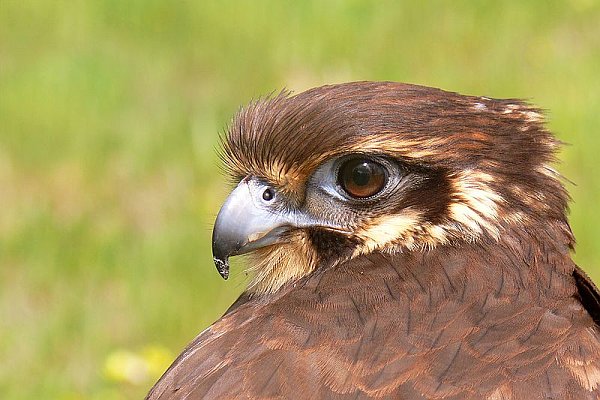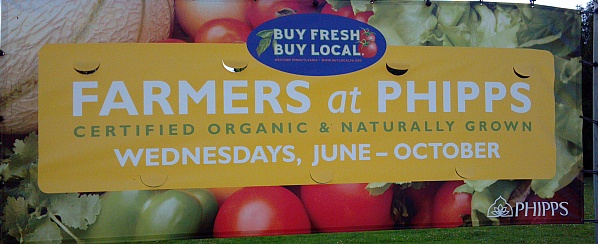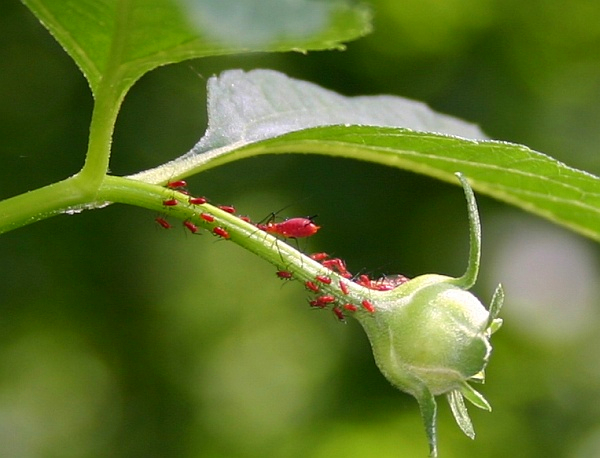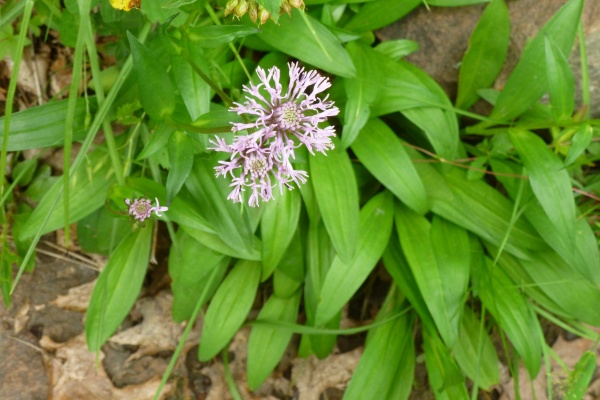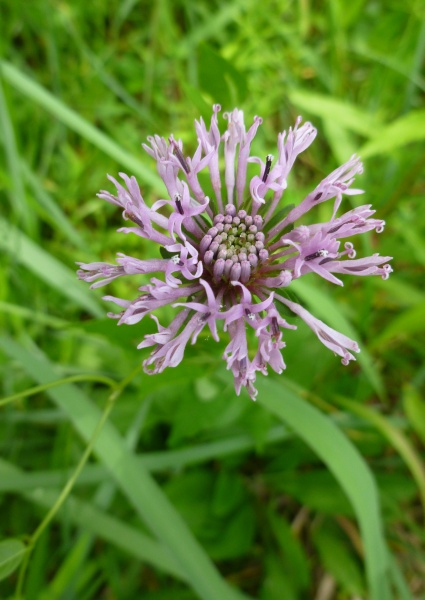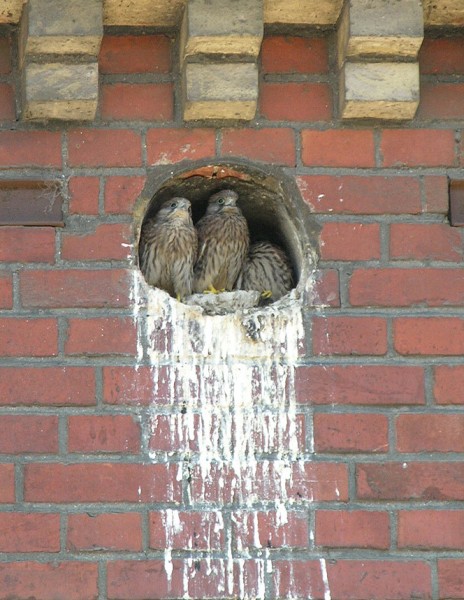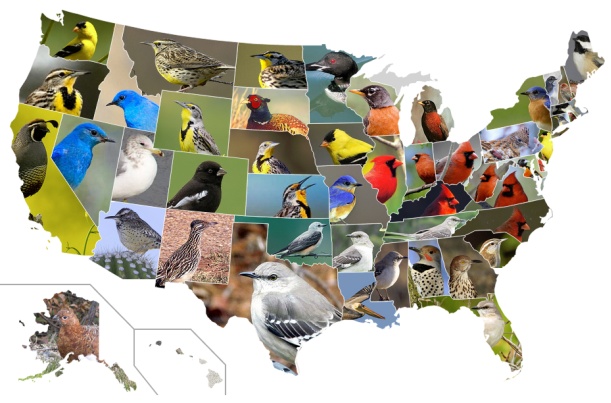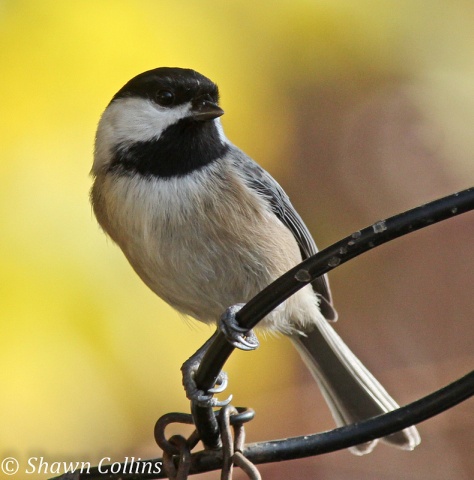
“Birds are classically among the most monogamous of all organisms,” writes Frank B. Gill in Ornithology.
Many birds mate for life. Swans and geese, parrots and eagles, albatrosses and even pigeons choose a mate once and for all. Among those species divorce is rare. That’s why a Bewick’s swan couple caused a stir when they arrived on their wintering grounds in 2009, apparently divorced and remarried. They were the only Bewick’s swans known to do it in 40 years of study.
Do other monogamous birds ever divorce? Is it typical behavior that we hadn’t noticed?
In 2000, Scott M. Ramsay and his team published an eight year study of black-capped chickadee social life. Using bird bands and DNA testing they discovered that young females who have low confidence in their mates initiate divorce after their first breeding season and remarry on a more permanent basis for their second year of motherhood. The team even found out why.
When black-capped chickadees pair up the males sing to maintain their territories and the females listen to determine who’s strongest. When a first-year female hears her mate fail she remains with him but mates with other males as well, producing a clutch of mixed paternity. She and her husband incubate and raise the nestlings but before the next breeding season she files for divorce and marries someone of higher social rank.
The study found that the ladies who “messed around” were the ones most likely to divorce.
No surprise there.
Read Ramsay’s famous study here.
(photo by Shawn Collins. Today’s Tenth Page is inspired by page 360 of Ornithology by Frank B. Gill.)
